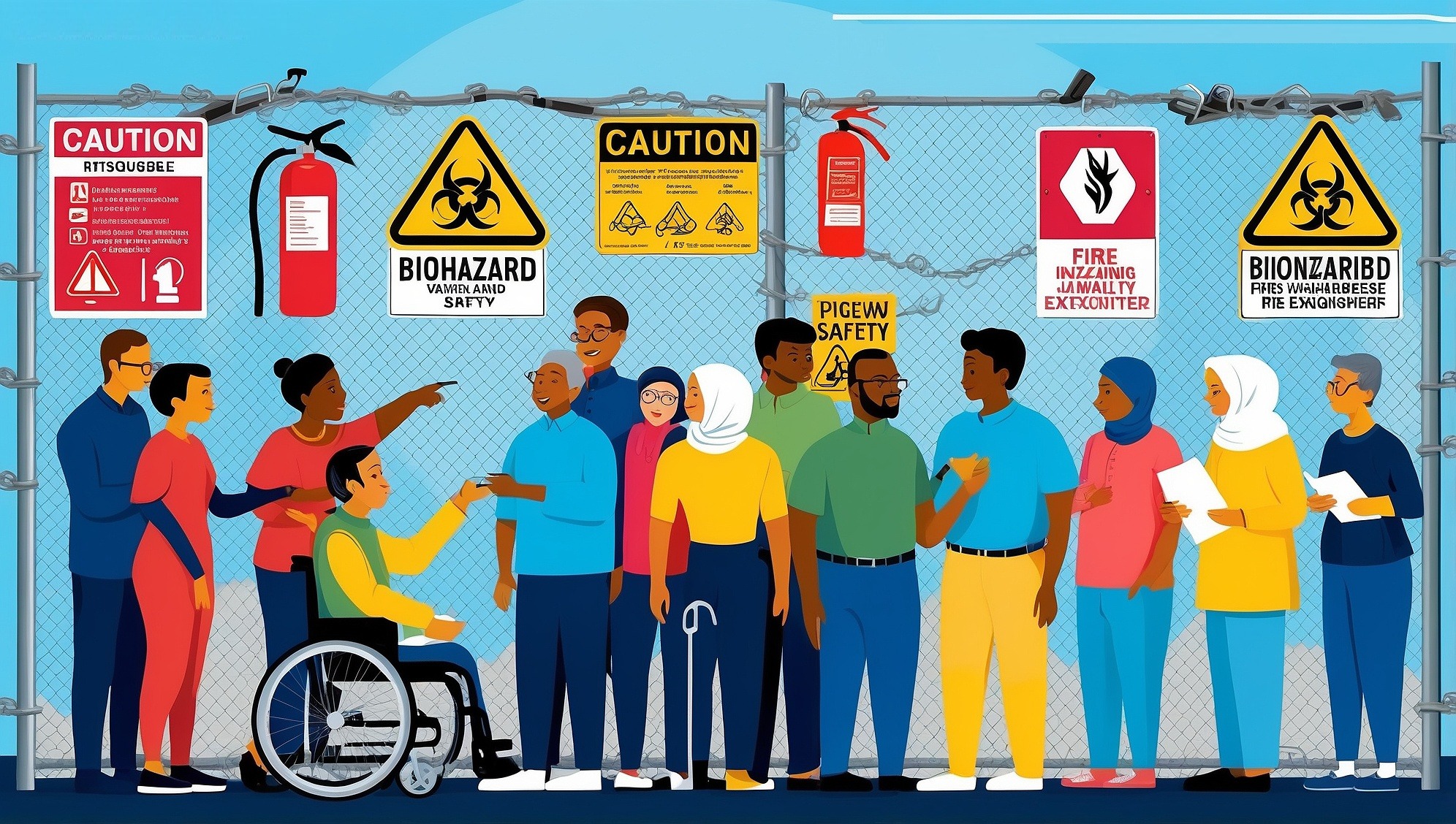Safety symbols play a vital role in communicating risks, precautions, and guidelines in both public and private spaces. By understanding these symbols, communities can foster greater awareness and reduce hazards. This article breaks down the most common safety symbols and their importance while offering practical ways to implement them effectively.
Why Safety Symbols Matter
Safety symbols are universal tools designed to bridge language barriers and simplify complex safety protocols. They inform individuals about dangers, guide actions, and prevent accidents. Their presence empowers people to act responsibly in emergencies and adhere to safety standards without needing lengthy explanations.
Categories of Safety Symbols
Safety symbols can be broadly divided into several categories, each serving a specific purpose.
1. Prohibition Symbols
These symbols indicate actions that must not be performed. Their design usually includes a red circle with a diagonal slash.
- Examples:
- No Smoking
- No Entry
- Do Not Touch
2. Warning Symbols
Warning symbols alert individuals to potential dangers. They are typically triangular with a yellow background and black border.
- Examples:
- High Voltage
- Slippery Floor
- Toxic Materials
3. Mandatory Symbols
These symbols signify actions or precautions that are required to ensure safety. They are often circular and blue.
- Examples:
- Wear Protective Gloves
- Use Safety Goggles
- Hard Hats Required
4. Emergency Symbols
These symbols guide individuals toward emergency exits, first aid stations, or safety equipment. They are rectangular or square with a green background and white imagery.
- Examples:
- First Aid Kit
- Emergency Exit
- Eyewash Station
5. Fire Safety Symbols
These symbols direct attention to fire safety equipment or areas. Red is the primary color for these signs.
- Examples:
- Fire Extinguisher
- Fire Hose
- Alarm Call Point
Key Safety Symbols and Their Meanings
Understanding common symbols is critical for effective communication. Here are some frequently encountered examples:
General Safety Symbols
- Exclamation Mark: Indicates general hazards requiring caution.
- Biohazard Sign: Warns of biological dangers like infectious materials.
- Radiation Symbol: Alerts to radioactive substances or environments.
Workplace-Specific Symbols
- Forklift Operation Zone: Warns of active forklift usage in the area.
- Confined Space: Marks areas with restricted entry due to safety concerns.
- Hearing Protection Required: Highlights areas where noise levels exceed safe thresholds.
How Safety Symbols Promote Community Awareness
1. Education Through Simplicity
Safety symbols condense complex instructions into simple visuals, making them accessible across demographics.
2. Prevention of Accidents
Clear signage can reduce risks by alerting individuals before engaging in unsafe behaviors.
3. Emergency Preparedness
Symbols guide people toward exits, safety tools, or first aid during crises, ensuring faster response times.
Steps to Improve Safety Symbol Implementation
Communities can take proactive measures to enhance the visibility and understanding of safety symbols:
1. Conduct Audits
Regularly assess whether existing symbols are correctly placed and still relevant. Replace outdated or worn-out signs.
2. Provide Training
Offer workshops or briefings on recognizing and responding to safety symbols, particularly in workplaces or schools.
3. Use Multilingual Support
Pair symbols with concise text translations in prevalent local languages to cater to diverse populations.
4. Prioritize High-Traffic Areas
Ensure symbols are prominently displayed in areas with heavy foot traffic or where risks are highest.
Best Practices for Safety Symbol Design
1. Consistency in Design
Uniformity ensures that people recognize symbols quickly, regardless of location. Follow internationally accepted standards like ISO or ANSI.
2. Use of Contrasting Colors
Effective safety symbols utilize high-contrast colors to grab attention, such as yellow and black for warnings or red and white for fire hazards.
3. Strategic Placement
Symbols should be placed at eye level, near the relevant hazard, or along evacuation routes to maximize visibility.
4. Regular Maintenance
Inspect and clean symbols regularly to maintain their legibility. Replace any signs obscured by dirt or fading.
Building a Culture of Safety Awareness
Communities thrive when safety becomes a shared responsibility. Understanding and respecting safety symbols ensures collective well-being. Individuals must stay informed, organizations should invest in proper signage, and governments need to enforce regulations for standardized usage. Together, these actions create environments where everyone feels secure and empowered.






